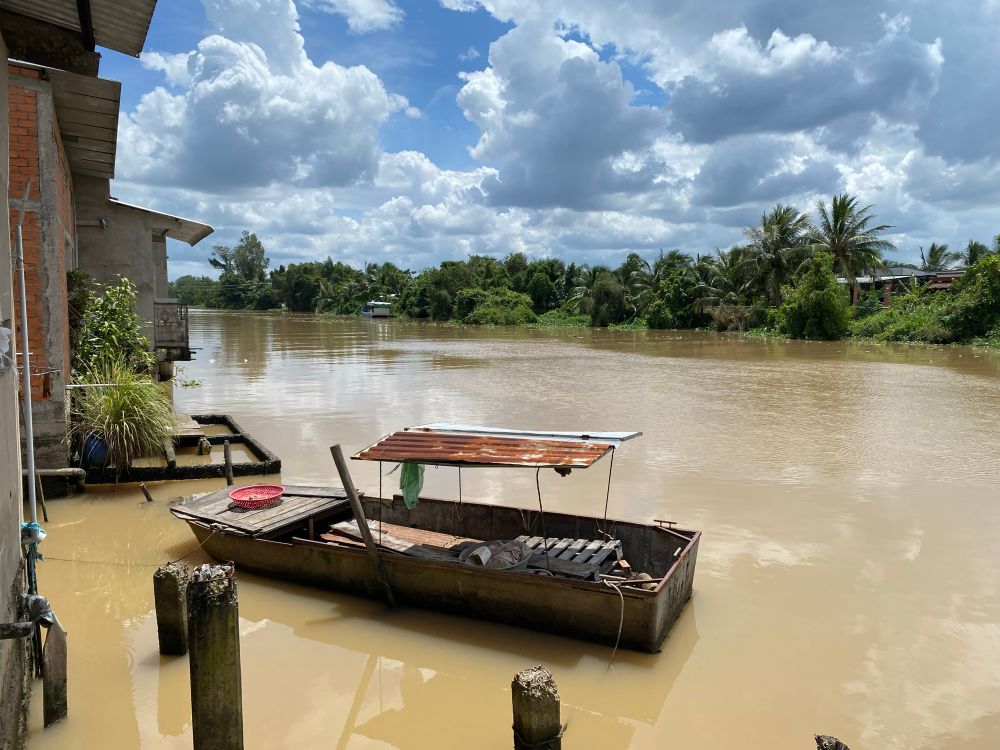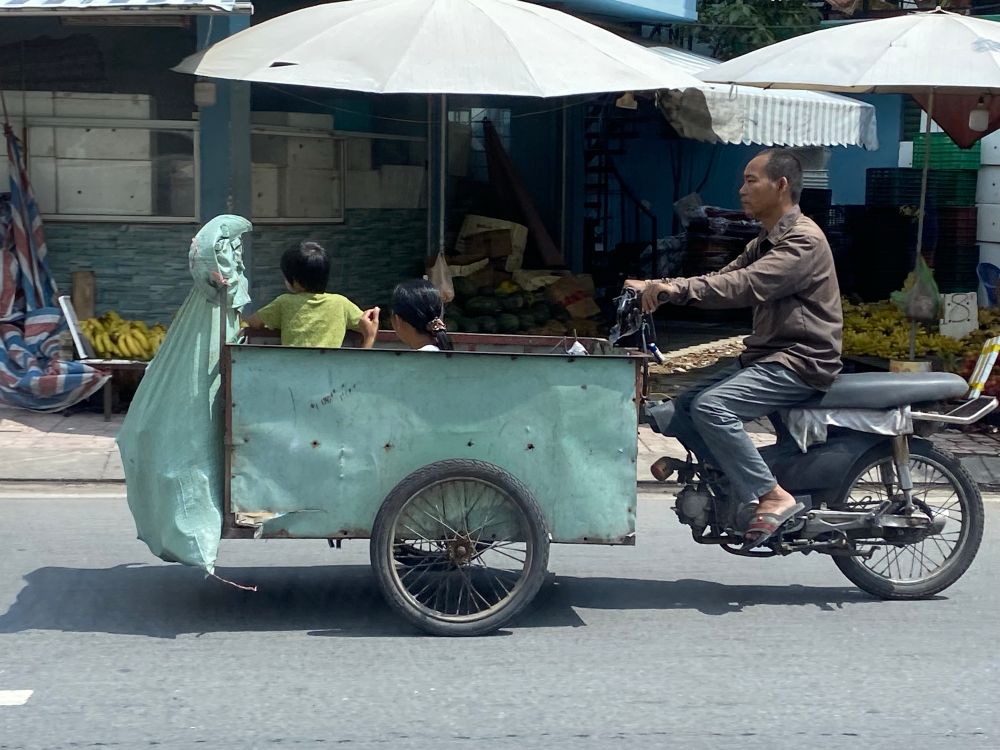

















3) Reduced salinity below 29 PSU, prevalent year-round in surface waters, suppressed this tipping point, inducing linear decreases in survival when temperature rises above 8 °C.

3) Reduced salinity below 29 PSU, prevalent year-round in surface waters, suppressed this tipping point, inducing linear decreases in survival when temperature rises above 8 °C.
This is a C. hyperboreus female from the Nansen Basin. Photo @Khuong Dinh

This is a C. hyperboreus female from the Nansen Basin. Photo @Khuong Dinh








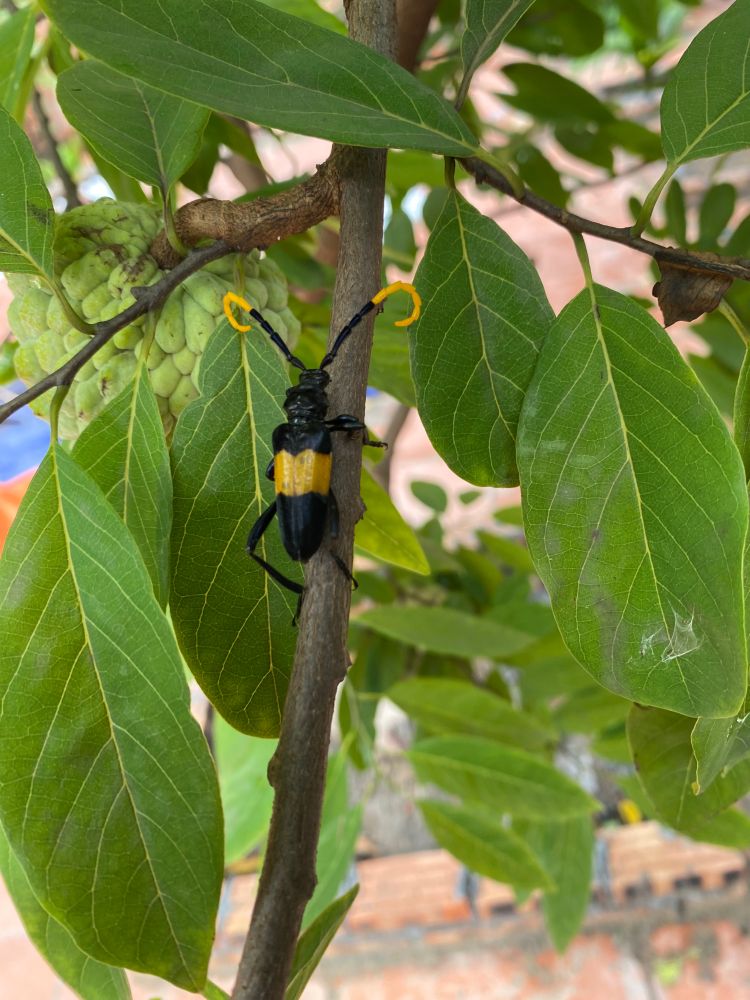

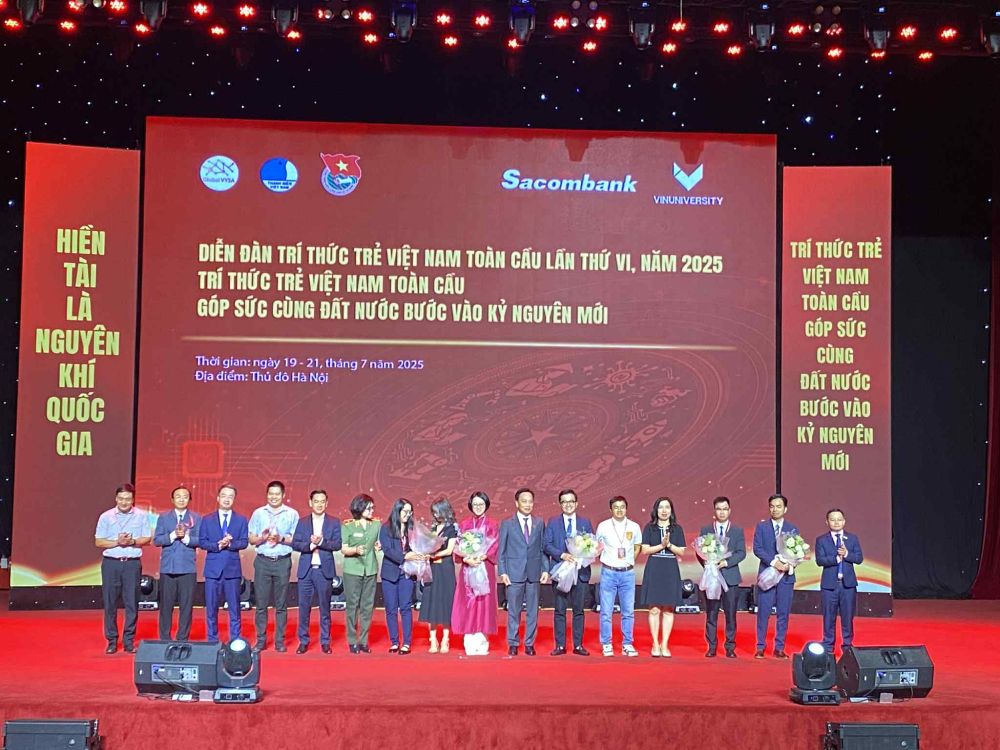
Below are two species that I observed in Tam Dao National Park, North Vietnam. Both species are categorized as Near Threatened.

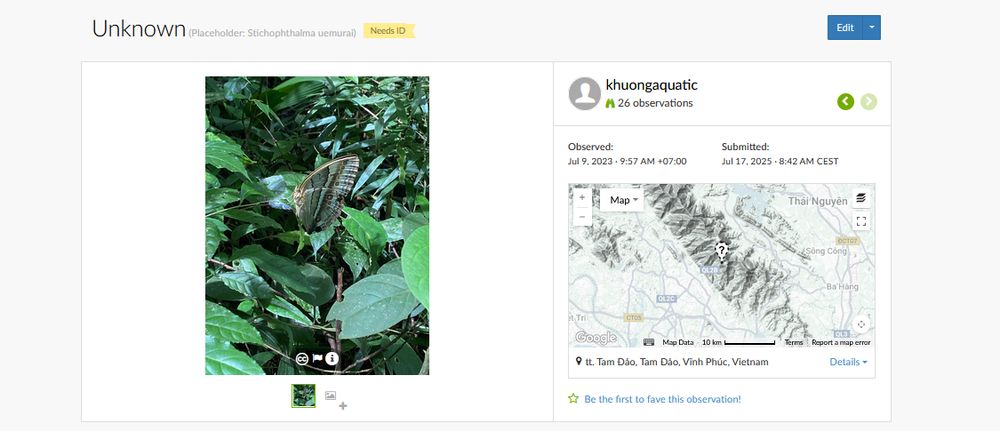
Below are two species that I observed in Tam Dao National Park, North Vietnam. Both species are categorized as Near Threatened.
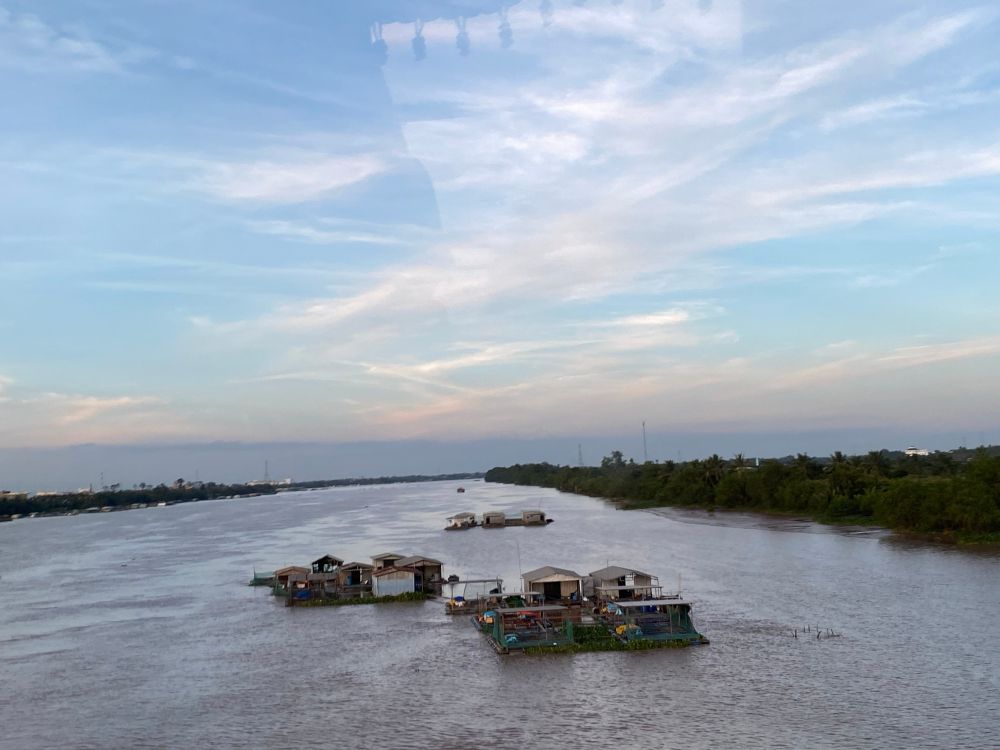
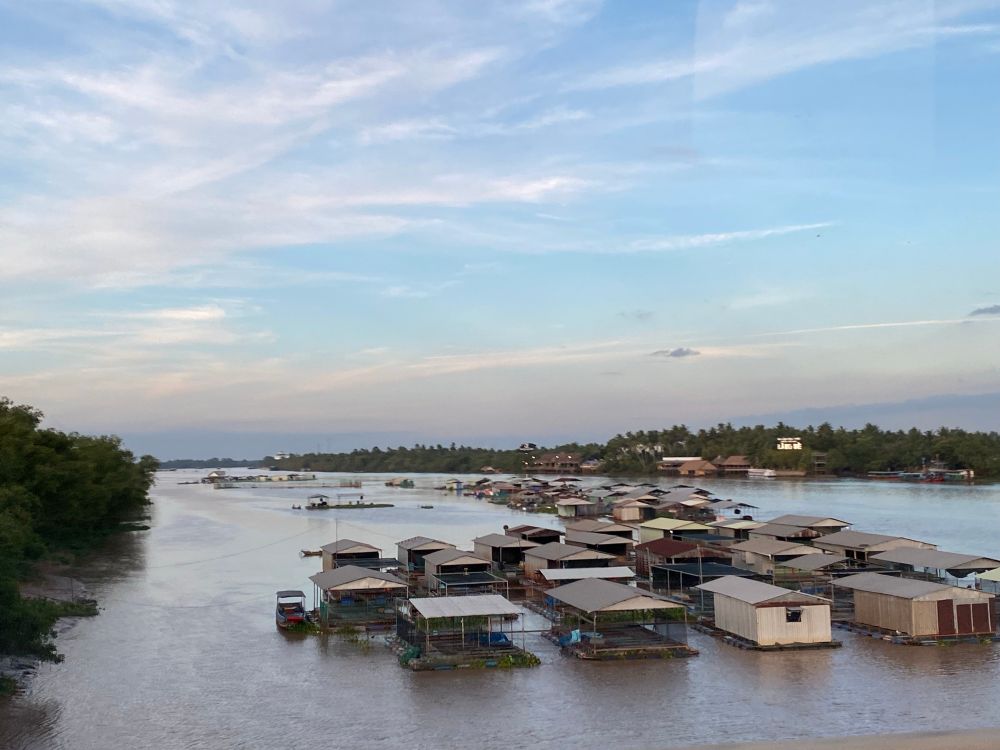
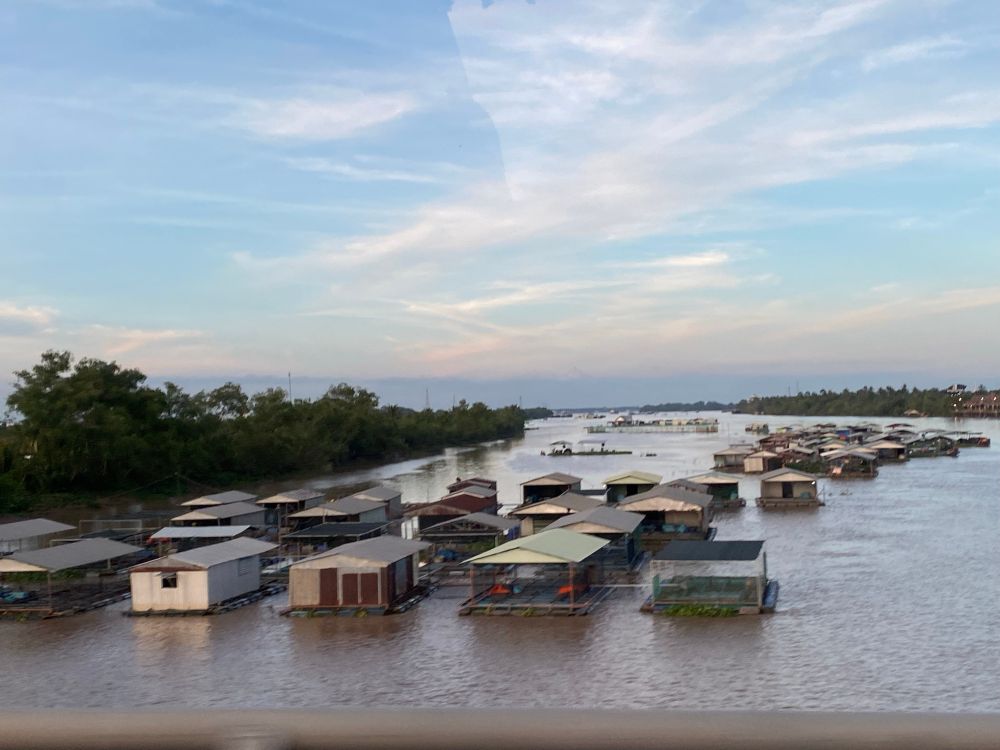
Prestigious NSF graduate fellowship tilts toward AI and quantum | Science | AAAS www.science.org/content/arti...

Prestigious NSF graduate fellowship tilts toward AI and quantum | Science | AAAS www.science.org/content/arti...

The Barents Sea system
Gateway to the changing Arctic
Happy to contribute to some sections of this exciting book!
fagbokforlaget.no/produkt/9788...
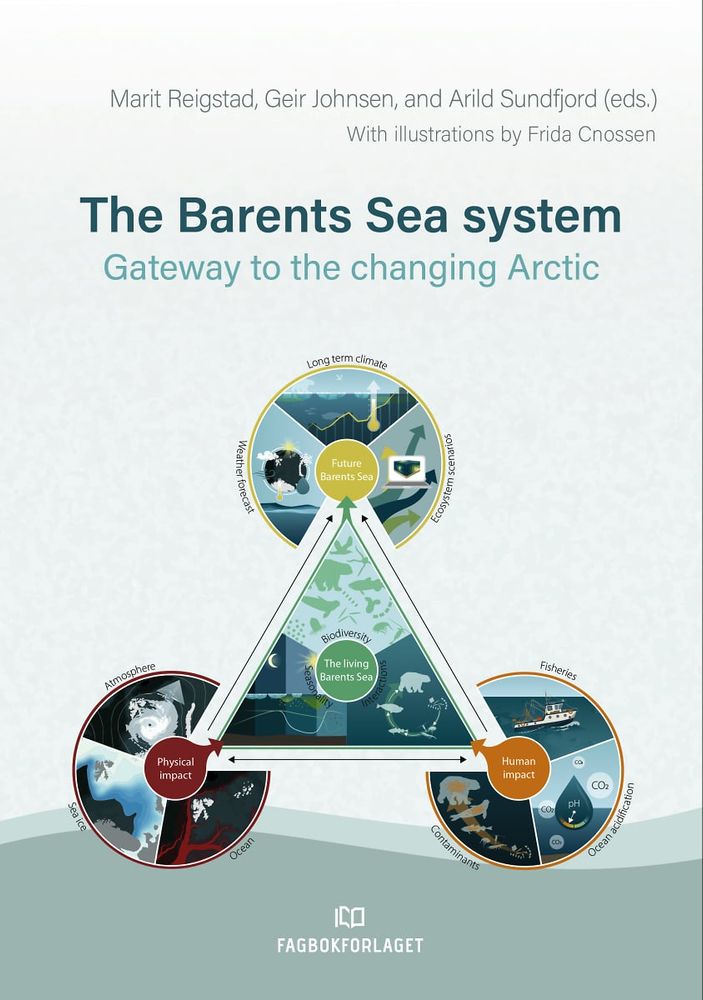
The Barents Sea system
Gateway to the changing Arctic
Happy to contribute to some sections of this exciting book!
fagbokforlaget.no/produkt/9788...
Photo: Tuan

Photo: Tuan










